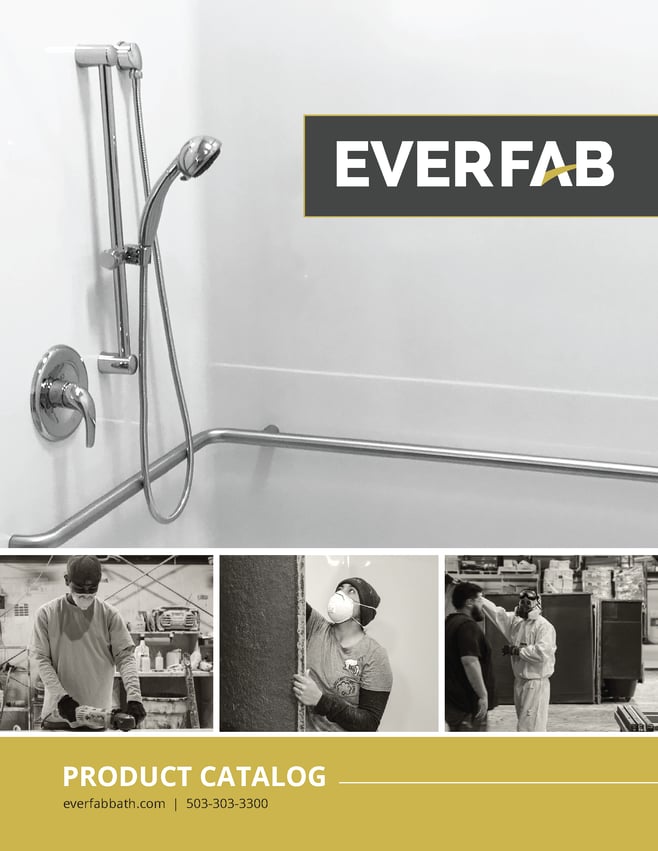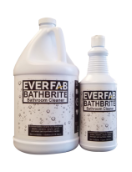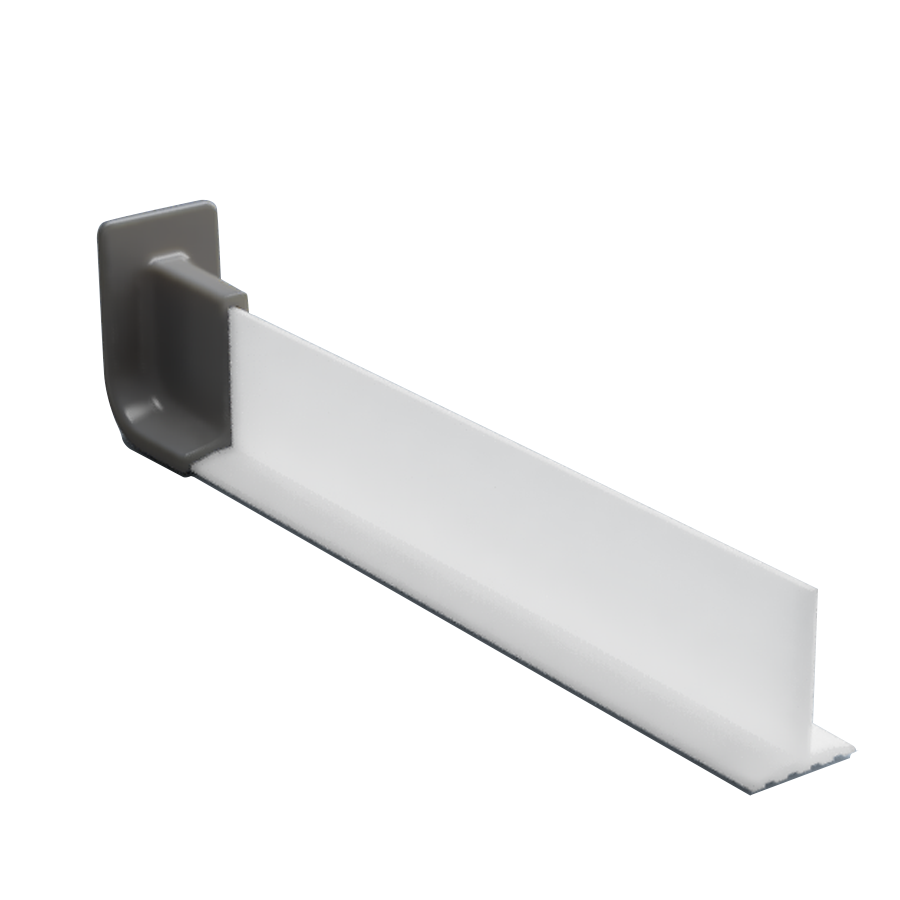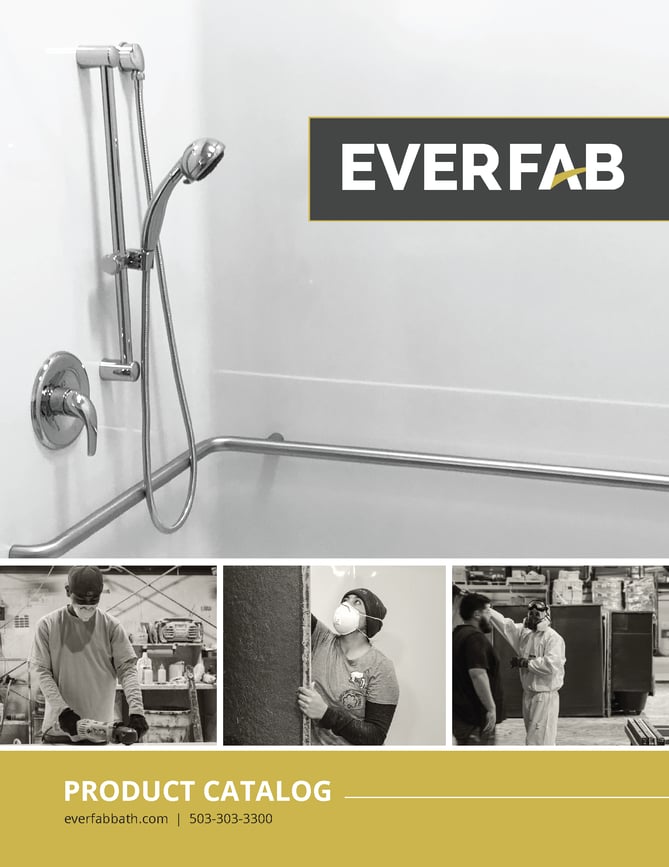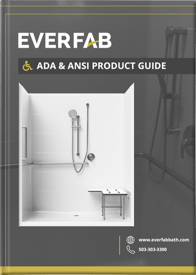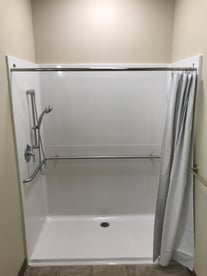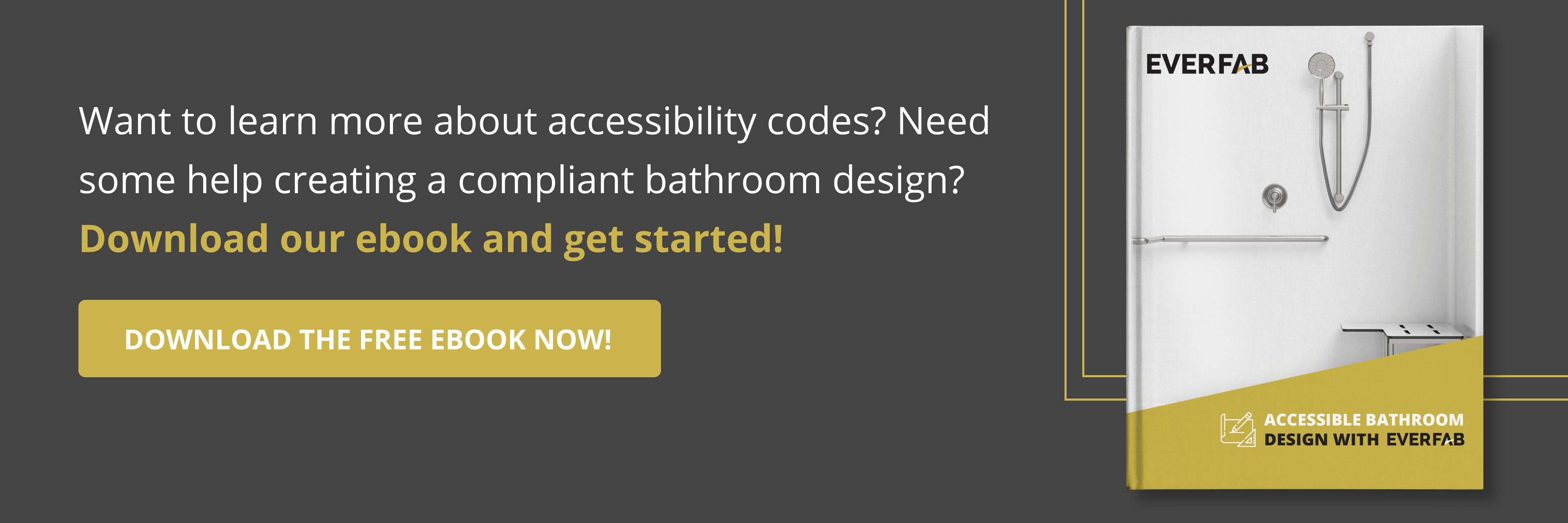-
Shop All Products
-
-
Shop All Products
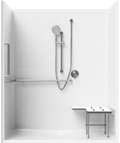
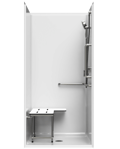
We meticulously sculpt and construct each model by hand to ensure our customers have durable shower units they can comfortably rely on for years to come.
-
-
-
About
-
-
About
We strive to be world-class in everything we do by hiring the best people, building the best product, and providing the best customer experience.
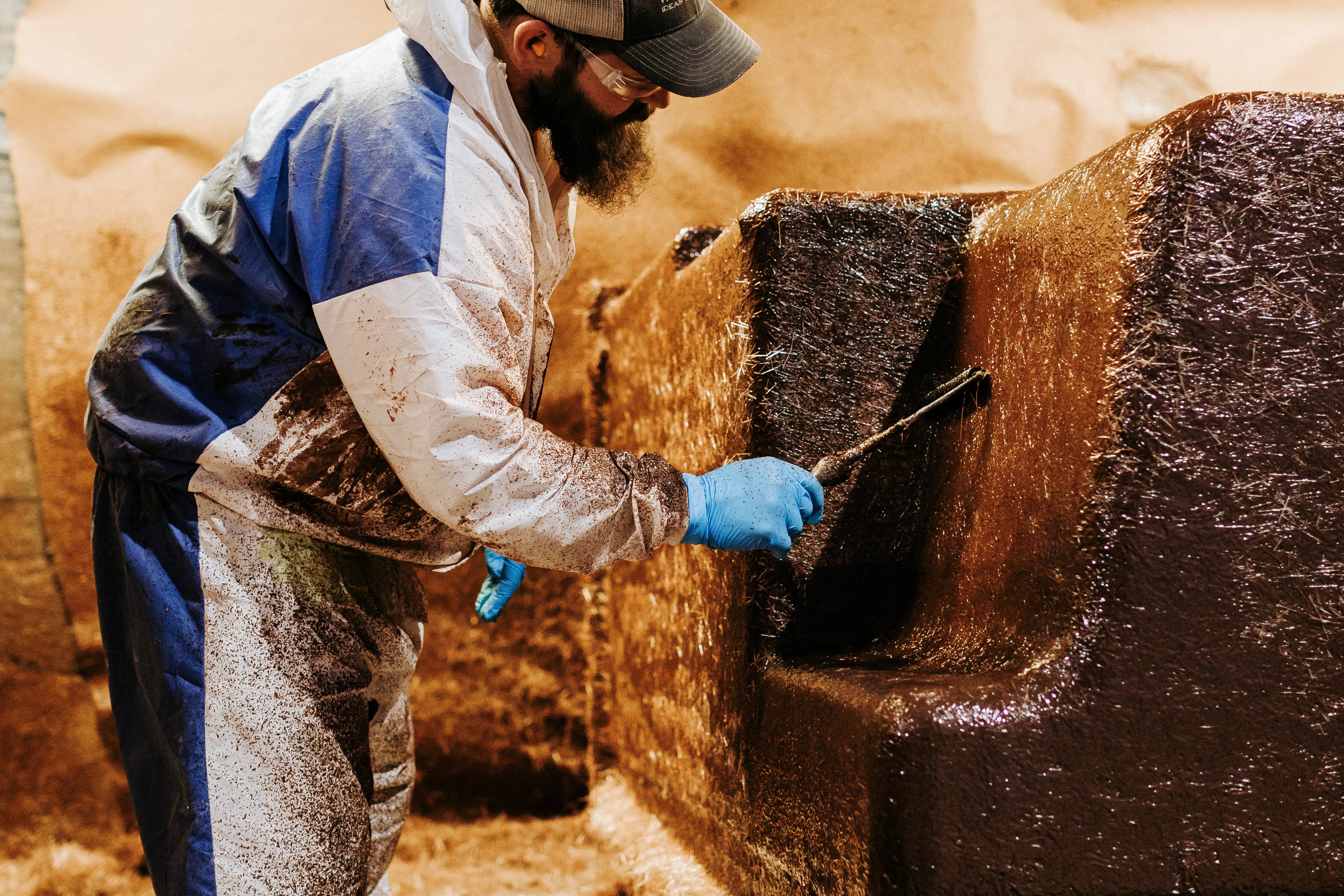
-
-
- Who We Work With
-
Resources
- Projects
- 503-303-3300
- Contact Us
Blog
Discover the latest industry trends and insights related to bathroom architecture and ADA compliance.
How to Prevent Water From Spilling on the Floor in Roll-In Showers
.jpg?width=1280&name=pasted%20image%200%20(1).jpg)
Roll-in showers are a boon for accessibility in both residential and commercial bathrooms. However, a natural side effect of a low or absent threshold is that it’s easier for water to get out of the shower and onto the bathroom floor. This isn’t just a “cost of doing business,” though.
Wondering how to stop water from running out of shower units with a roll-in design? Here are seven effective measures you can take:
1. Splash Guards
Splash guards come in many forms, but all are designed to contain water around the perimeter of the shower opening. A corner splash guard goes at the corner intersections of the wall and the floor in the opening of the unit. These leave the center of the opening unobstructed, but catch water that would normally leak out near the corners and redirect it back towards the drain. Splash guards can also attach to shower curtain rings (or hooks) and help to keep the curtain flush to the walls, preventing splashes around the curtain. A splash clip on either side of the curtain is another approach, in which you tuck the curtain into the clips on the shower walls (when closed) to keep it flush.
2. Collapsible Shower Dam
A water dam for shower floors typically comes as a collapsible rubber threshold that goes on the floor along the unit’s opening. This type of water stopper for walk-in shower and roll-in shower floors keeps the unit fully wheelchair accessible, since the threshold collapses flat under the wheels of the user’s chair and pops up again once they’ve entered the shower. This is the easiest way to simulate a threshold and retain water in the shower pan without impeding mobility devices.
3. Weighted Shower Curtain
The bottom edge of a heavy duty shower curtain can incorporate weights to keep the curtain more taut and stationary during use. Whereas a shower door could create accessibility challenges with the path of the door swing, a weighted shower curtain can simulate the stability of a solid barrier with more convenience and maneuverability.
4. Linear Shower Drain
A trench drain, as they’re also called, is a long strip drain that’s located at the opening of the shower. Linear drains can complement a center drain by preventing runoff onto the floor, or even replace a center drain if placed on the low edge of the shower slope (typically the inner wall). If acting as the primary drain, the shower’s slope will have the added benefit of more consistency, since it won’t need an uneven contour that slopes the four edges towards the center.
5. Increased Floor Slope
Be careful with this one. It’s important for the floor of a roll-in shower with a low or absent threshold to slope sufficiently toward the drain. However, too much slope will make the shower harder to use in a wheelchair or even push you beyond compliance with ADA standards for shower floor slope. The recommended shower floor slope is no more than ¼ vertical inches per horizontal foot.
6. Partial Walls
Partial walls on one or both of the outside edges of the shower can make a substantial difference in water containment while the center of the opening remains fully barrier free. Make sure that your shower design maintains a sufficient opening for a wheelchair to easily maneuver (and to remain compliant with accessibility standards for the opening size).
7. Handheld or Sliding Shower Heads
A handheld or sliding kit helps the user to direct the flow of the water towards the inner area of the shower and also minimizes splashes by bringing the sprayer closer to the user.
Interested in finding some of these solutions? The EverFab team knows how to stop water from running out of shower units, and our lineup of accessories and fully ADA compliant roll-in showers can keep you compliant while reducing spillage and the risk of slipping on the bathroom floor. Contact us today to get answers to your questions and tell us all about your next project!
Get the latest!
Subscribe to our newsletter
Read On
ADA Shower Floor Slope Code Requirements
We get asked a lot of questions about shower slope codes, particularly as they relate to...The 5 Features You Need In a Safe Shower For Seniors
Safety is a core concern of accessible shower design for senior living facilities and assisted...The Benefits of a T-Shaped Shower Dam
There’s so much more to an accessible shower stall than just the shower itself. When you’re...9050 Porter Way SE, Aumsville, OR 97325
COPYRIGHT © 2025 EVERFAB
